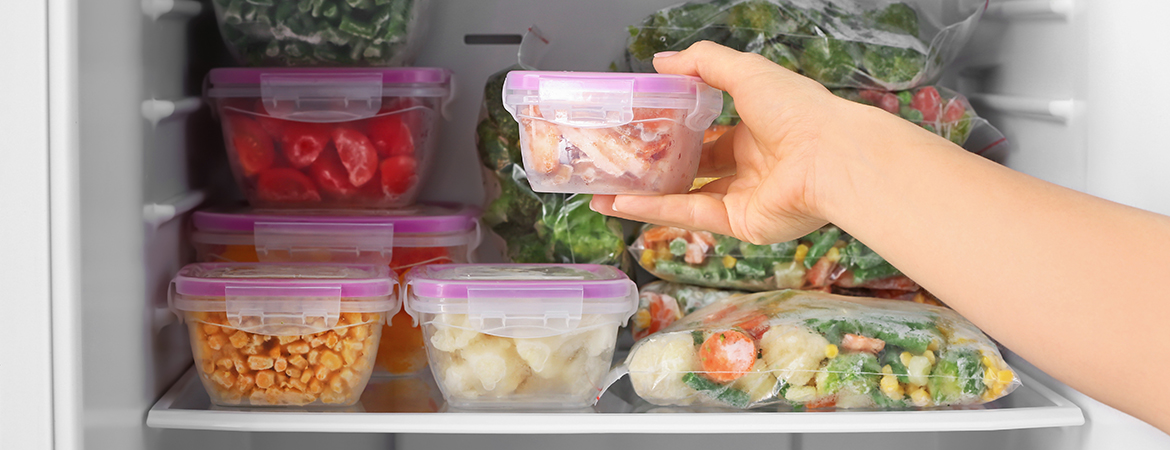Tips to help avoid food spoilage during a power outage
A little preparation can go a long way when it comes to keeping your food fresh during a power outage.

A power outage is already enough of a headache. What can make the situation even worse is realizing that if the power has been out for a prolonged period of time, you may also need to find alternate storage for the contents of your refrigerator and freezer before all of the food spoils. Thankfully, a little preparation can go a long way when it comes to keeping your food fresh during a power outage.
Plan ahead
- First, if the forecast is calling for a big storm that has the potential to knock out the power, be sure to have a few important items on hand, such as a large cooler and ice packs or frozen gel packs, to help preserve refrigerated food. Instead of purchasing an overabundance of store-bought ice packs, reuse plastic water, juice, and other drink bottles by filling them with water and tossing them in the freezer to be used as ice packs.
- Next, make sure that the freezer is full, as a half-empty freezer will not keep food safe for nearly as long as a full one will. One way to do this is by freezing items that you may not use immediately, such as extra leftovers and meat. You can also use those makeshift ice packs mentioned above to fill empty space.
During the outage
- If a power outage occurs, be sure to keep the refrigerator and freezer doors closed! Food will be safe for up to 4 hours in the fridge, 24 hours in a half-full freezer, and 48 hours in a full freezer. If the power does not come back on during this time, move the food items to a cooler with ice and cold packs, keeping them at a maximum temperature of 40 degrees Fahrenheit.
- If the temperature outside is below freezing, fill bottles or containers with water and leave them outside to freeze into homemade ice packs. These can be used to switch out with other ice packs when they begin to melt. It is recommended by the U.S. Department of Agriculture (USDA) to not place food items directly outside in the cold, as this can be unsanitary and attract hungry wildlife.
- If it is believed that the power will be out for an extended period of time, it may be smart to buy dry or block ice, which will help to keep food cold for a much longer period of time. According to the USDA, fifty pounds of dry ice should take care of an 18-cubic-foot freezer for up to two days.
Once the outage is over
- When the power comes back on, and it is time to move food items back into the fridge, you may catch yourself worrying about what is still safe to eat, depending on how long it has been. To make life easier, FoodSafety.Gov has an extensive list detailing what is safe to keep, or what needs to be tossed. Click here to view the list.
- It is important to never taste food to determine if it is still edible or not. It is better to be safe than sorry, so if you have any doubts, throw it out!
While we might not be able to know exactly how big of an impact a storm may make, having the right resources and knowledge prior to an emergency can help homeowners be and feel prepared ahead of time. For additional information and tips for how to be fully prepared for severe storms, read our article: Are you Prepared for Spring Storm Season?
